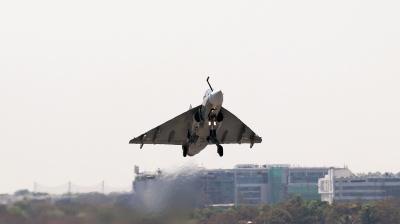9/11 survivors at higher risk of diseases: Study
This means that the risk of having angina or a heart attack increased with every additional injury type, researchers said.
New York: Survivors of the 9/11 terror attack on the World Trade Center who were exposed to the dust cloud or sustained physical injuries may be at an increased long-term risk of asthma, heart attack and other respiratory diseases, a study has found.
Researchers at the New York City Department of Health and Mental Hygiene in the US examined the association between physical injury or acute exposure to the dust cloud on the morning of September 11, 2001, and chronic disease up to 10 to 11 years later.
They found that the number of types of injuries, such as fractures, head injuries, or sprains, a person sustained on that day was associated with an increased risk of angina or heart attack in a dose-dependent manner.
This means that the risk of having angina or a heart attack increased with every additional injury type, researchers said. They also found that dust exposure, post-traumatic stress disorder and being a rescue worker, as well as current smoking were associated with a higher risk of non-neoplastic lung disease (lung conditions not involving tumours) other than asthma.
Dust exposure on its own was associated with an increased risk of asthma. Out of the total number of 8,701 people examined, the team found that 41 per cent had intense exposure to the dust cloud 10 per cent had a single injury, two per cent had two types of injury and one per cent had three or more, researchers said.They found that 92 incident cases of heart disease, 327 new cases of diabetes, 308 cases of asthma, and 297 cases of non-neoplastic lung disease among 7,503 area workers, 249 rescue workers, 131 residents and 818 passersby — the most heavily exposed groups.“Our findings indicate that intense exposure on a single day — the first day of the disaster - contributes substantially to the risk of developing chronic conditions,” said Robert Brackbill from New York City Department of Health. “Continued monitoring of people who were present in the vicinity of the World Trade Center on September 11 by medical providers is warranted for the foreseeable future,” he added.


















